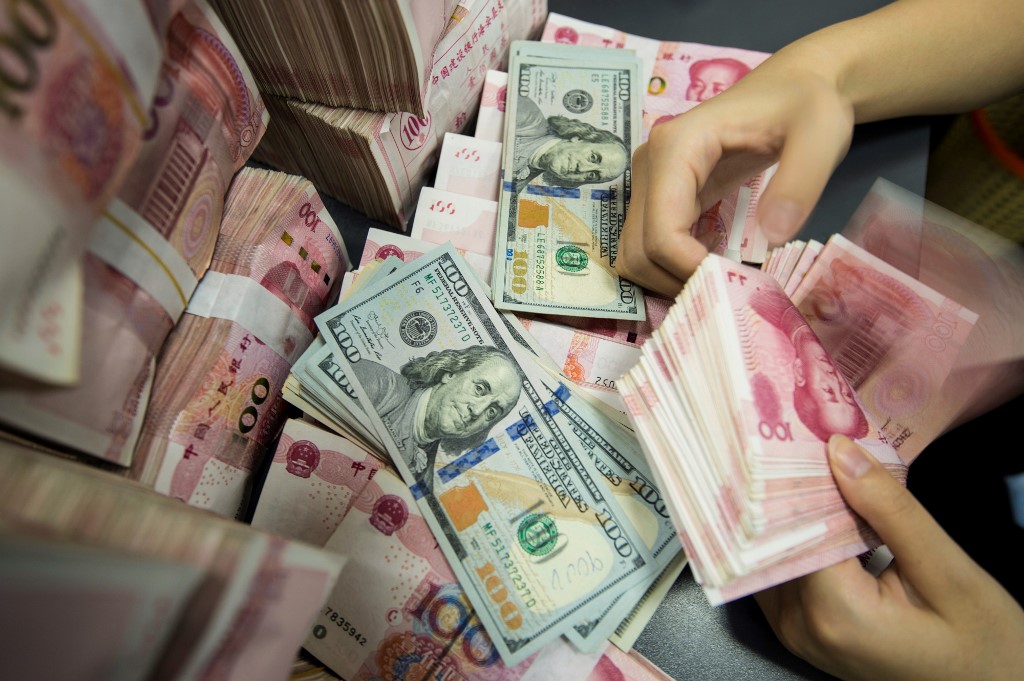EXPLAINER: WHY CHINA’S YUAN IS WEAK AND MAY GET EVEN WEAKER

Asia Financial - June 21, 2022
China’s yuan is this year facing the most sustained depreciation pressure since 2015, when a shock devaluation triggered a global stock market rout.
Like back then, China is in a slow-growth phase and its central bank is easing monetary policy to support the economy. Also like 2015, analysts are mostly bearish on the outlook for the yuan, even after it stabilized in the second half of May as Covid lockdowns eased.
“Shifts in monetary policy…bond portfolio allocations and slowing Chinese growth will all combine to weaken the currency,” says Peter Kinsella, global head of forex strategy at London-based private bank Union Bancaire Privée. “The Fed is increasing the pace of rate hikes, while the PBoC is moving towards further incremental easing. This puts further pressure on the exchange rate.”
The yuan is down about 5% against the dollar so far this year. It shed 6.25% in ten days in April, falling faster than it has in nearly seven years. It plunged to its lowest in 19 months on May 12, when it hit 6.76 to the dollar after US inflation data rose at the fastest pace in more than 40 years, indicating higher US interest rates and a wider yield gap with China.
The gap between US and China’s yields widened again last Wednesday, when the Fed hiked interest rates by 75 basis points, the steepest rise since 1994.
And it’s poised to widen further. In its so-called dot-plot forecast, the Fed sees its federal funds rate rising to a mid-range of 3.4% this year and to 3.8% by the end of 2023, compared with a range of 1.5% to 1.75% now.
China though is likely to cut interest rates again as it strives to boost an economy that’s been hammered by Covid lockdowns.
It cut its benchmark one-year loan prime rate by 5 basis points in December and by another 10 basis points in January. Oxford Economics expects another cut in the third quarter.
So where does the yuan go from here? Even with an easing in Covid lockdowns in recent weeks, a rebound in May exports, and stocks that are outperforming global benchmarks, there remains pressure for yuan depreciation.
“China’s renminbi will likely remain weak for the rest of this year,’’ says Tommy Wu, a Hong Kong-based lead economist at Oxford Economics. “While asset valuations look attractive and policy easing could help prop up China’s growth in the second half, we think global investors’ appetite for Chinese assets will remain low as China’s outlook is highly uncertain due to the zero-Covid policy.’’
Here’s a closer look at the key reasons for the bearish outlook, together with some specific forecasts:
Yield Gap
The divergence in monetary policies is pulling money away from yuan assets to increasingly more attractive dollar-denominated ones, and that’s putting downward pressure on the yuan.




